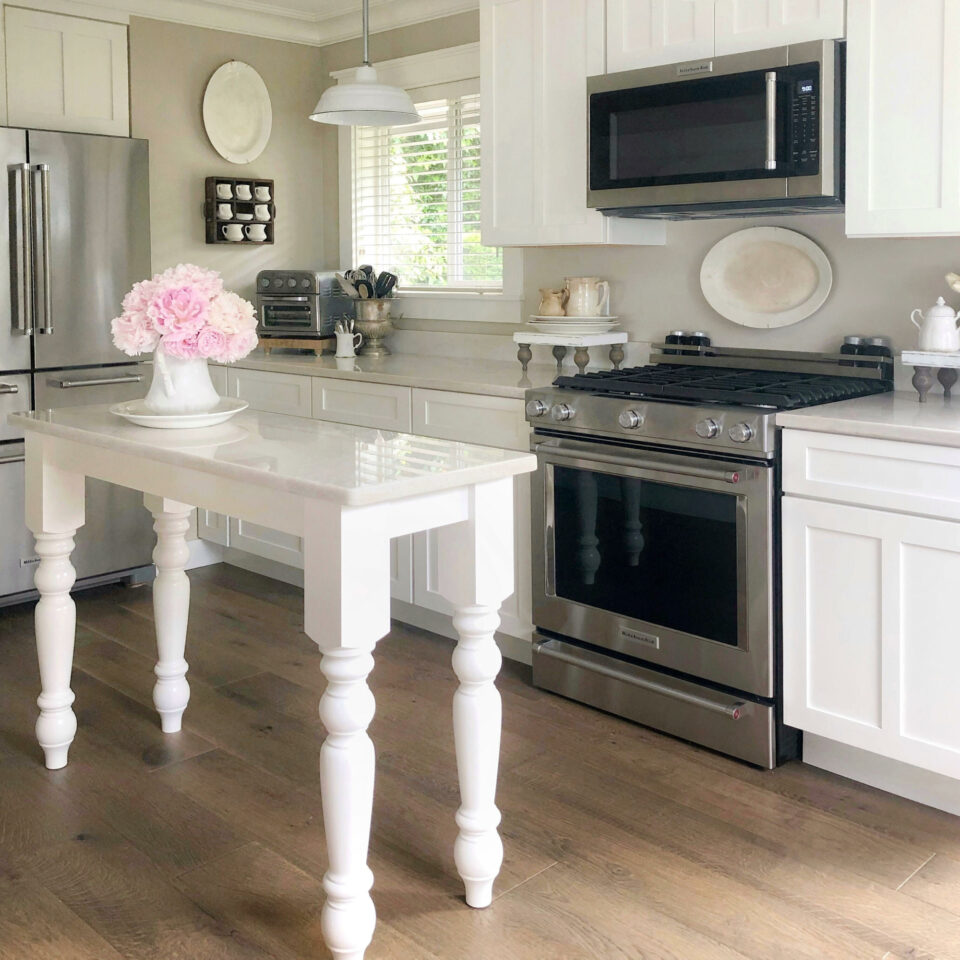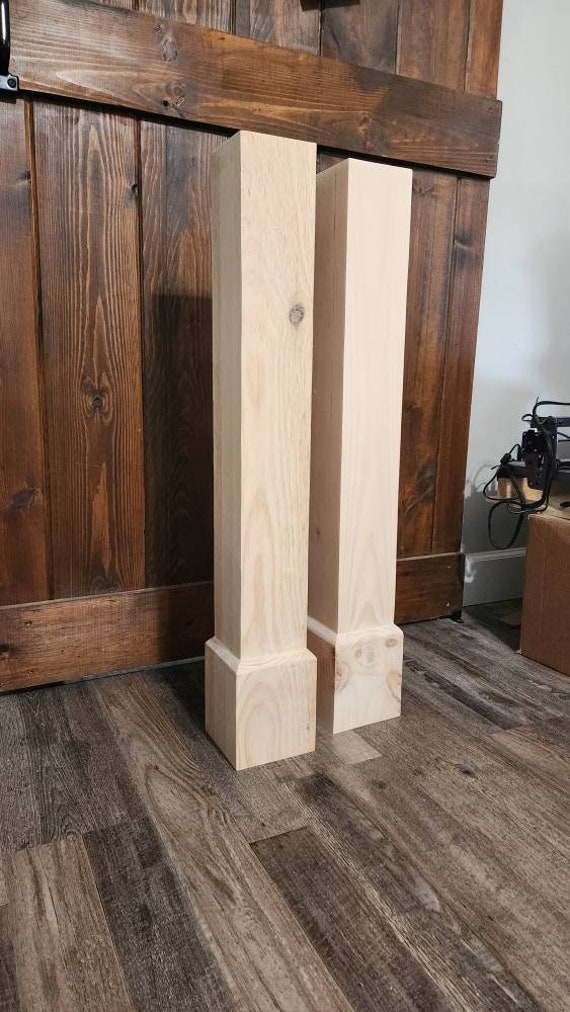The Very Best Kitchen Island Leg Options for Modern and Standard Kitchens
The Very Best Kitchen Island Leg Options for Modern and Standard Kitchens
Blog Article
The Importance of a Sturdy Cooking Area Island Leg in Creating a Functional Cooking Location
A sturdy kitchen island leg offers as an essential element in establishing a practical cooking setting, giving needed support for both the countertop and numerous cooking area tasks. As kitchen areas evolve right into multifunctional areas for cooking, dining, and mingling, the option of materials and layout factors to consider for island legs becomes increasingly vital.
Advantages of Sturdy Island Legs
Offering vital support, tough kitchen island legs play an essential role in boosting the performance and sturdiness of kitchen islands - kitchen island leg. These legs not just birth the weight of the countertop and any kind of additional things positioned on the island, yet likewise add to the general stability of the structure. A well-supported cooking area island makes sure that it continues to be practical and upright, also under heavy usage, which is particularly crucial in hectic kitchen atmospheres
In addition, durable island legs can boost the aesthetic appeal of the kitchen. They give a solid framework that can enhance various design styles, from modern-day to typical. This flexibility enables home owners to customize their kitchen area islands according to personal preference while making certain that the structural integrity stays uncompromised.
Along with their supportive duty, durable kitchen island legs can also enhance security. A secure island reduces the threat of crashes brought on by tipping or wobbling, which is particularly crucial in houses with children or elderly individuals. Additionally, strong legs can assist in a smooth flow of activities, permitting efficient meal prep work and social interactions within the kitchen area space. Ultimately, buying sturdy kitchen island legs is vital for a practical and aesthetically pleasing cooking location.
Materials for Kitchen Island Legs
When picking products for kitchen area island legs, sturdiness and aesthetic appeal are crucial factors to take into consideration. The most common products include wood, metal, and crafted timber, each offering special advantages.
Hardwood, such as oak, maple, or cherry, is a traditional option because of its stamina and ageless charm (kitchen island leg). It can withstand substantial weight and is immune to use, making it perfect for high-use cooking area atmospheres. Additionally, wood can be tarnished or painted to match various kitchen area designs
Metal legs, usually crafted from stainless-steel or wrought iron, give a modern and commercial appearance. They are incredibly strong and can support significant loads while being resistant to moisture and warm, which is beneficial in a cooking location. Steel legs can also be quickly cleansed, boosting their practicality.

Layout Factors To Consider for Stability
The option of materials for kitchen island legs straight influences the design factors to consider for security. When designing a cooking area island, it is critical to review the weight-bearing capability of the chosen materials. Heavier materials, such as solid wood or steel, normally give higher stability, particularly under the stress and anxiety of everyday usage.
Additionally, the leg layout must integrate correct geometry to enhance stability. A wider base boosts the assistance location, minimizing the risk of tottering or tipping. Consideration needs to likewise be offered to the elevation of the legs; disproportionate leg sizes can bring about imbalance, jeopardizing the overall stability of the island.
Additionally, the circulation of weight across the island is critical. Guaranteeing that the leg positioning lines up with the heaviest components, such as counter tops and devices, will even more boost security.
Upkeep Tips for Longevity

Cleaning up is an additional important facet of upkeep. Depending on the material of the legs-- whether timber, metal, or composite-- suitable cleaning approaches need to be utilized. For wooden legs, a gentle wipe with a moist cloth and an ideal timber cleaner will aid preserve their finish. Metal legs may need a light gloss to avoid rust and preserve their appeal.
In addition, tightening up screws and bolts regularly can make sure security and protect against wobbling. If the kitchen island experiences heavy use, consider reinforcing the legs with additional brackets or supports to enhance sturdiness. Last but not least, using a safety coating or sealer Continued can protect against dampness and discolorations, lengthening the life expectancy of the legs. By complying with these maintenance tips, home owners can guarantee their kitchen island legs remain durable and practical for many years to come.
Choosing the Right Leg Design
Routine upkeep ensures that kitchen area island legs continue to be tough and functional, but selecting the ideal leg design is similarly crucial for both aesthetics and support. The selection of leg design can significantly influence the general layout and consistency of your cooking area.

Capability is an additional vital facet. Thicker legs or those with a tough base can support heavier counter tops and equipment, enhancing the island's utility. Conversely, slender legs may produce a ventilated look, appropriate for lighter layouts however possibly much less encouraging.
Final Thought
In recap, the importance of sturdy cooking area island legs can not be overstated in the creation of a useful cooking location. These legs offer vital support, improve stability, and add to the overall visual of the kitchen.
A sturdy kitchen area island leg serves as an essential component in developing a functional food preparation setting, supplying required assistance for both the counter top and various cooking area activities.Supplying vital assistance, strong kitchen island legs play an essential role in improving the functionality and longevity of kitchen islands. Inevitably, spending in sturdy cooking area island legs is important for a useful and visually pleasing cooking location.
Factor to consider ought to also be provided to the height of the legs; disproportionate leg sizes can lead to imbalance, jeopardizing the click here for info general security of the island.
Wood legs give heat and a classic look, while steel legs supply a industrial and contemporary feeling.
Report this page